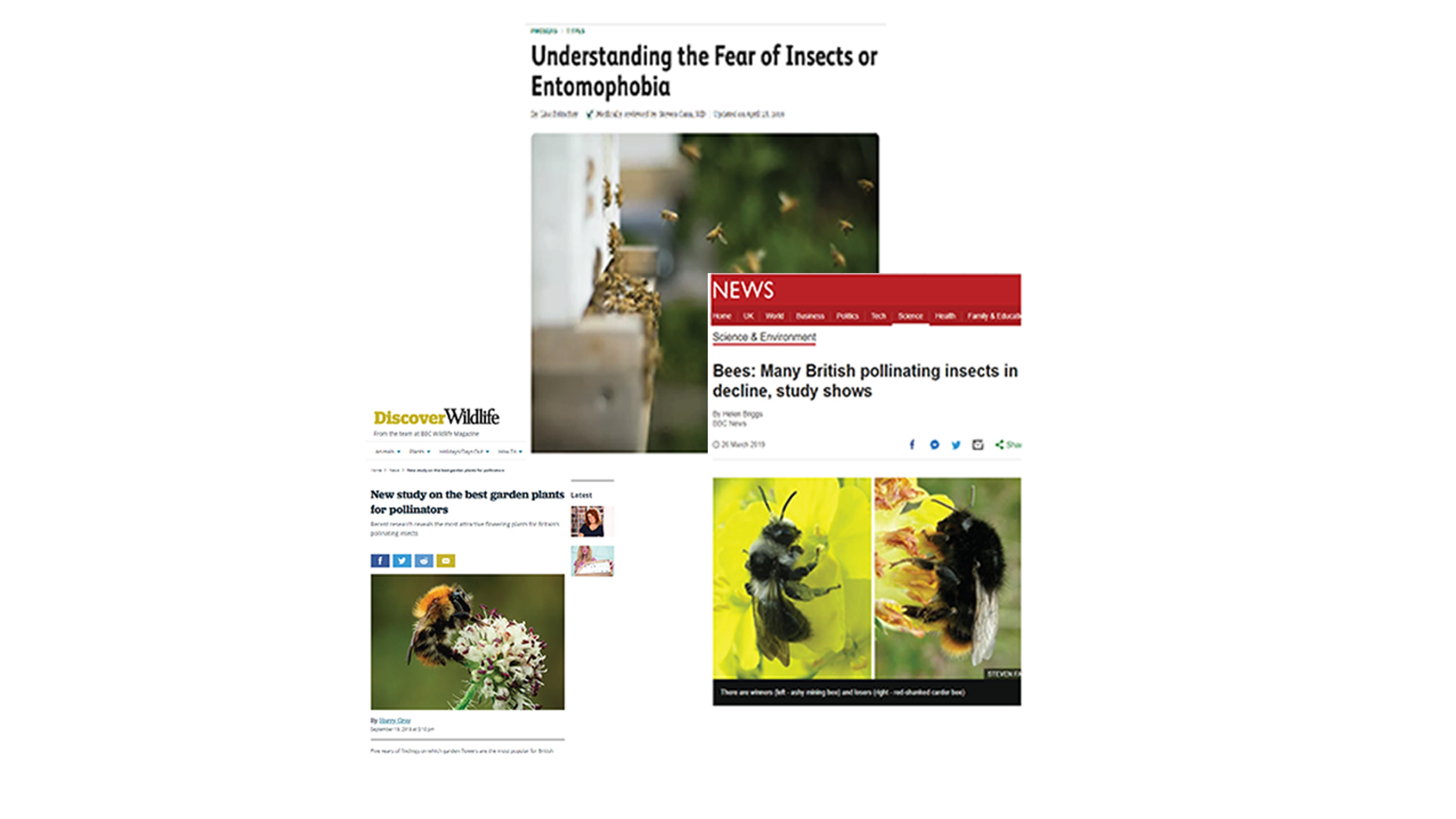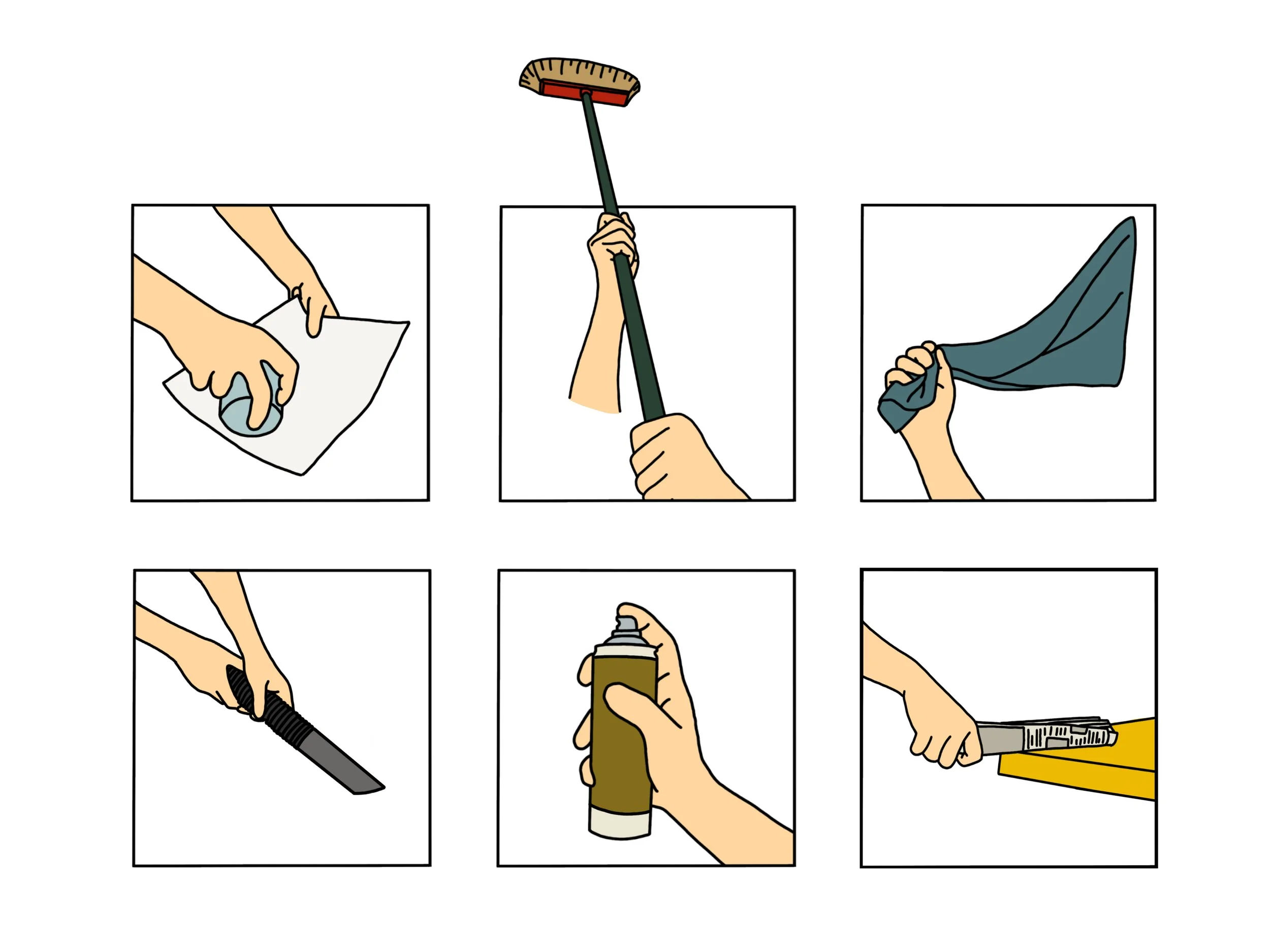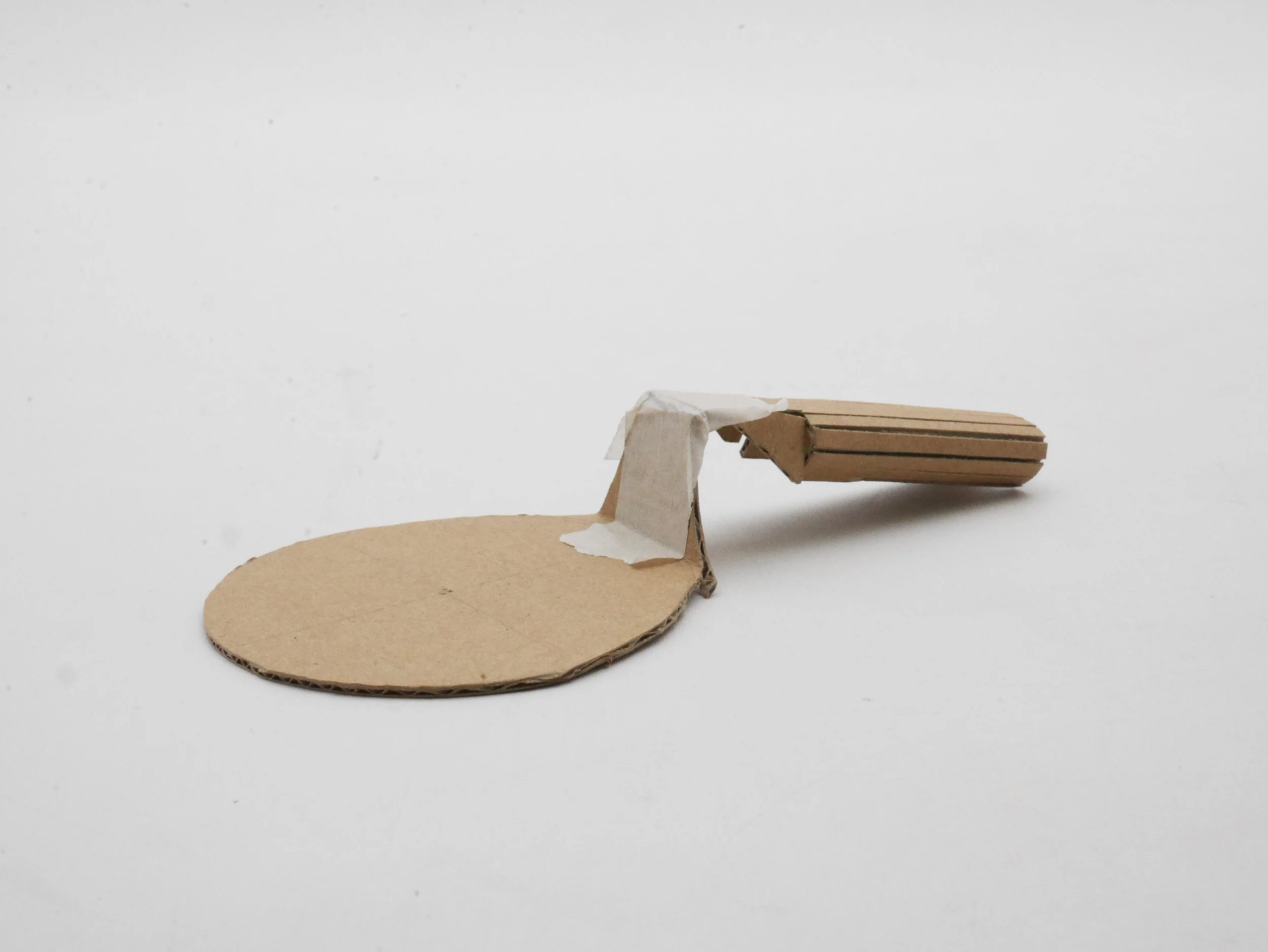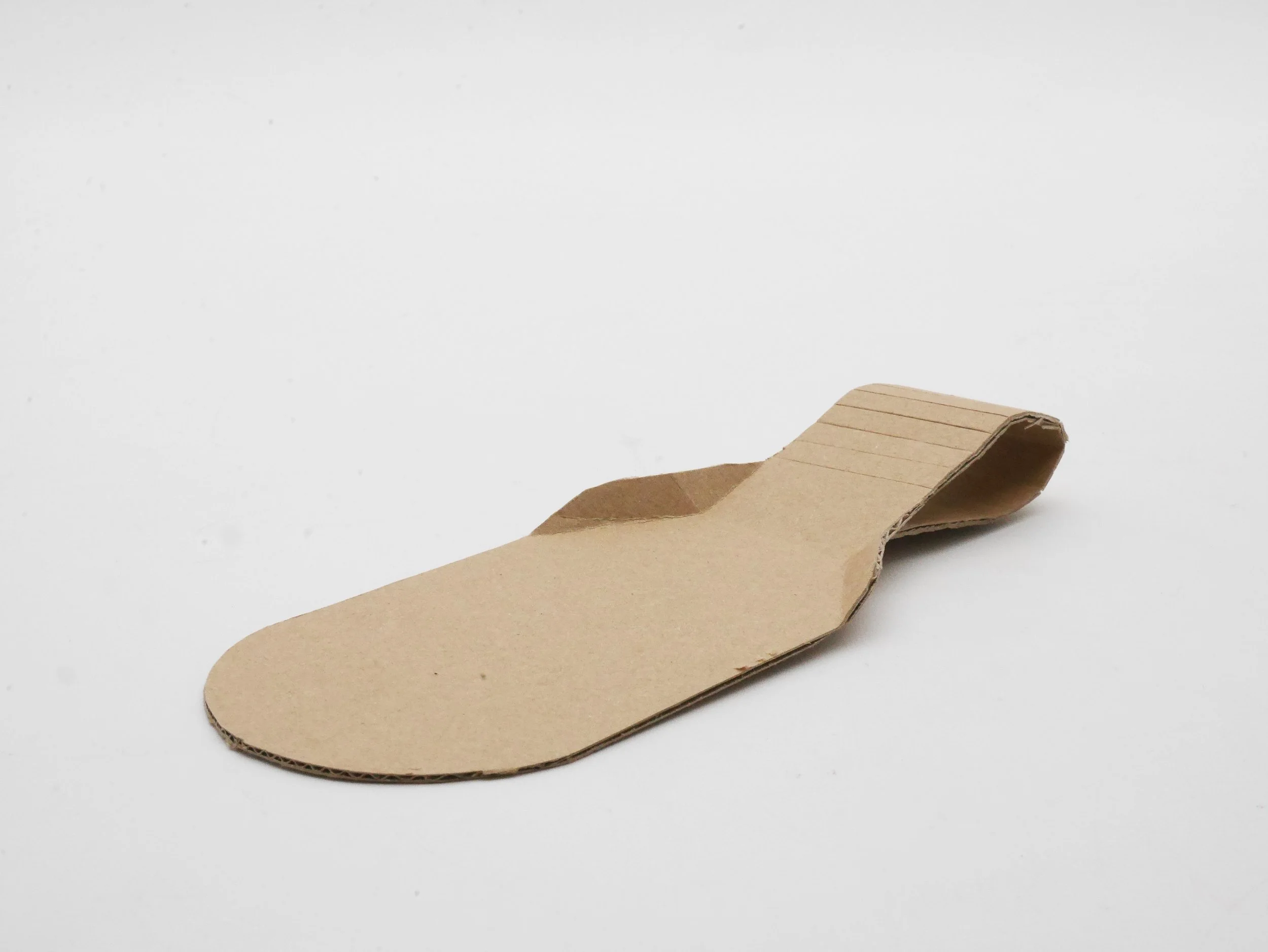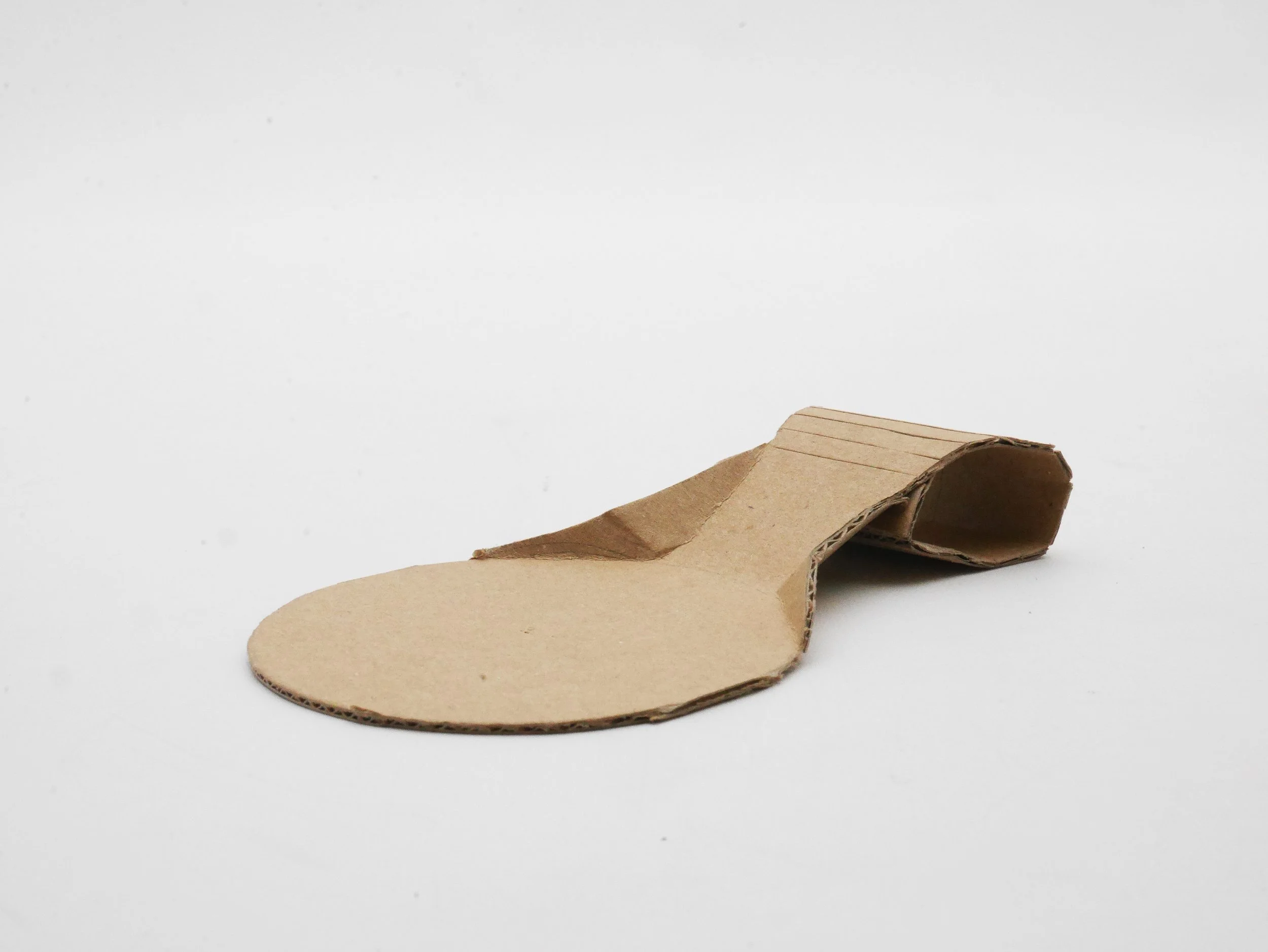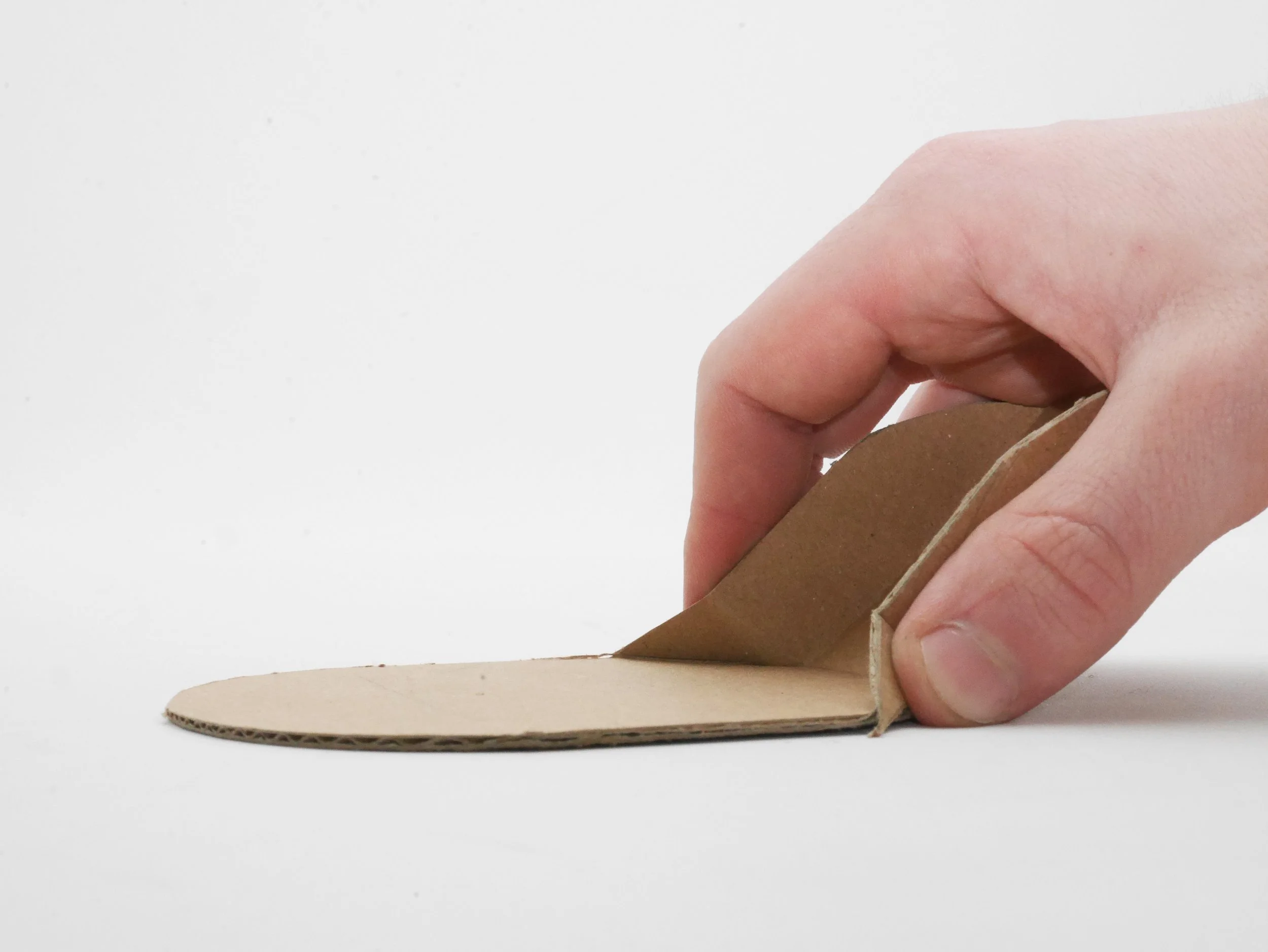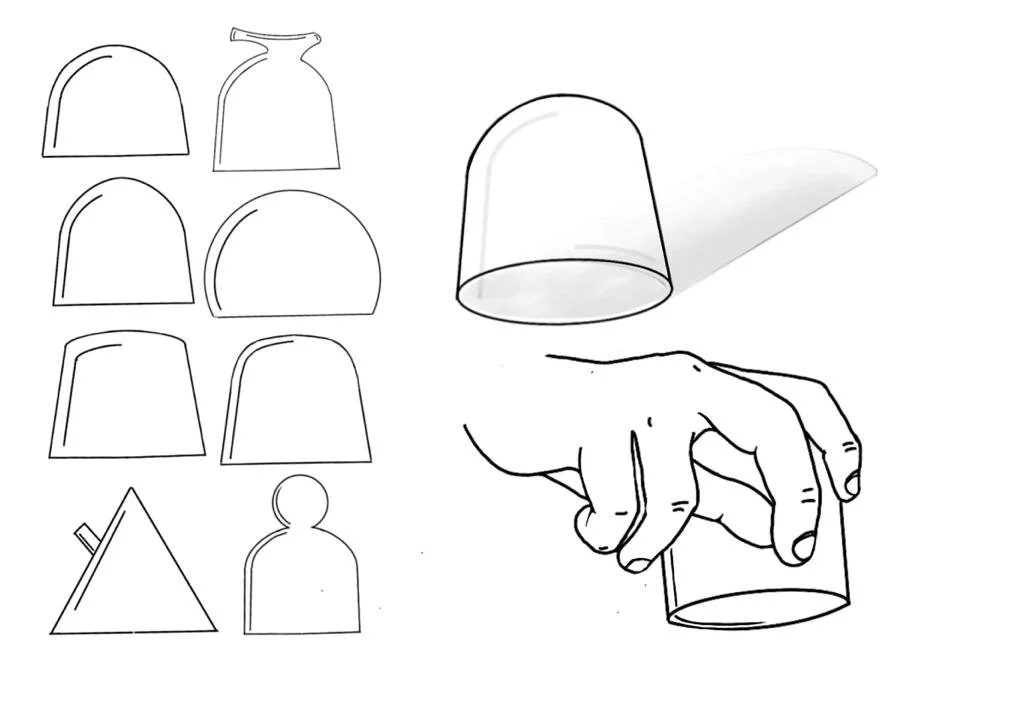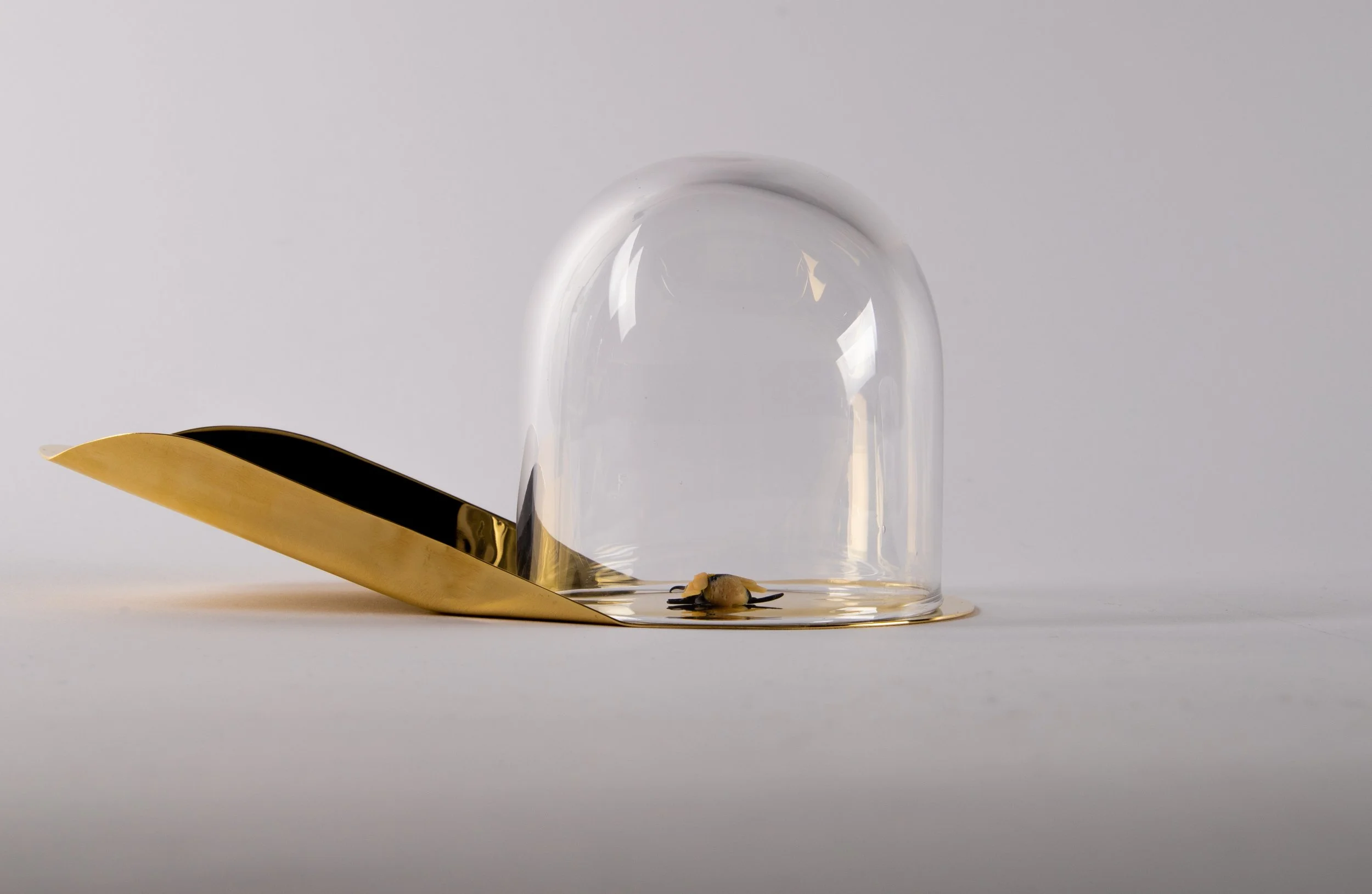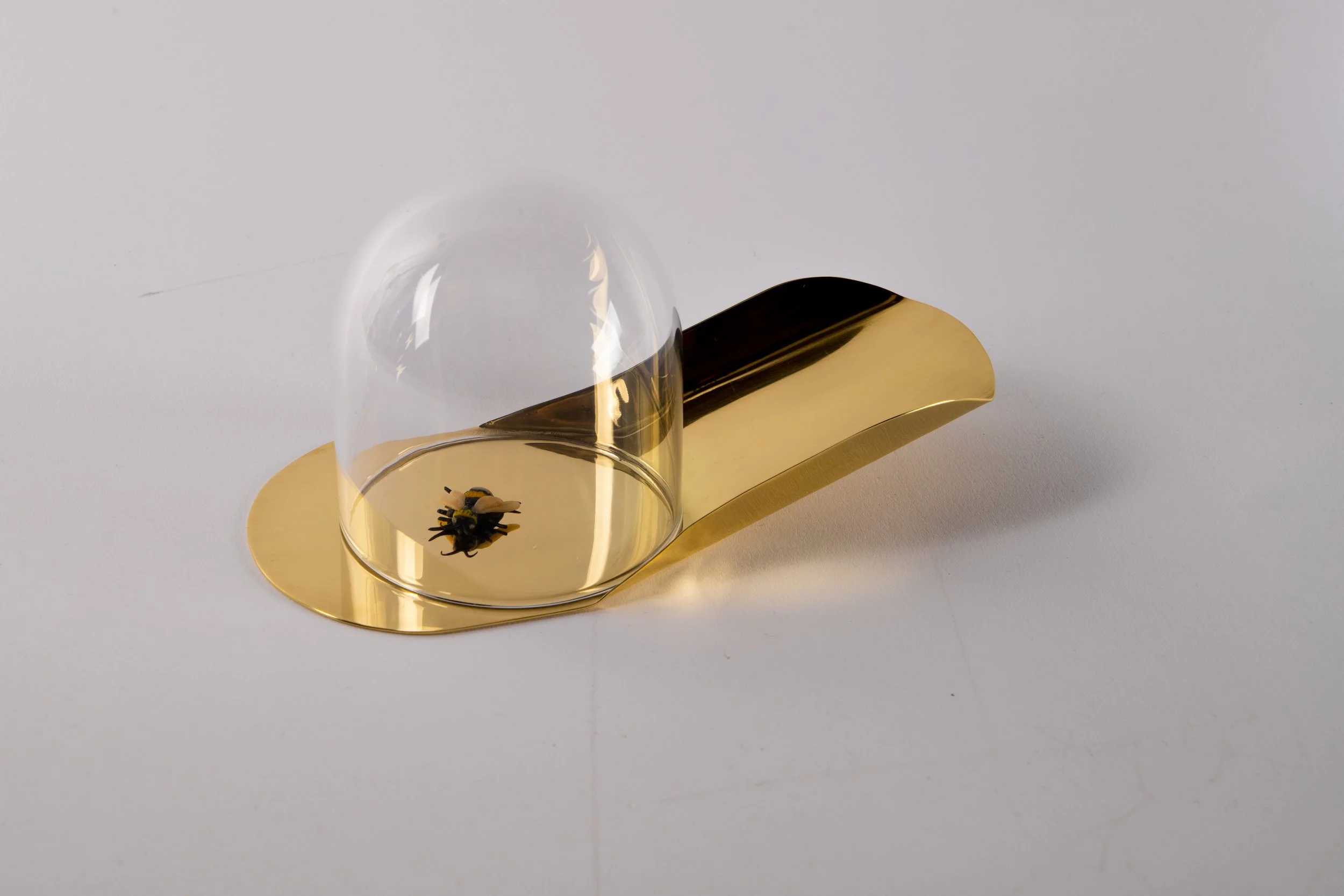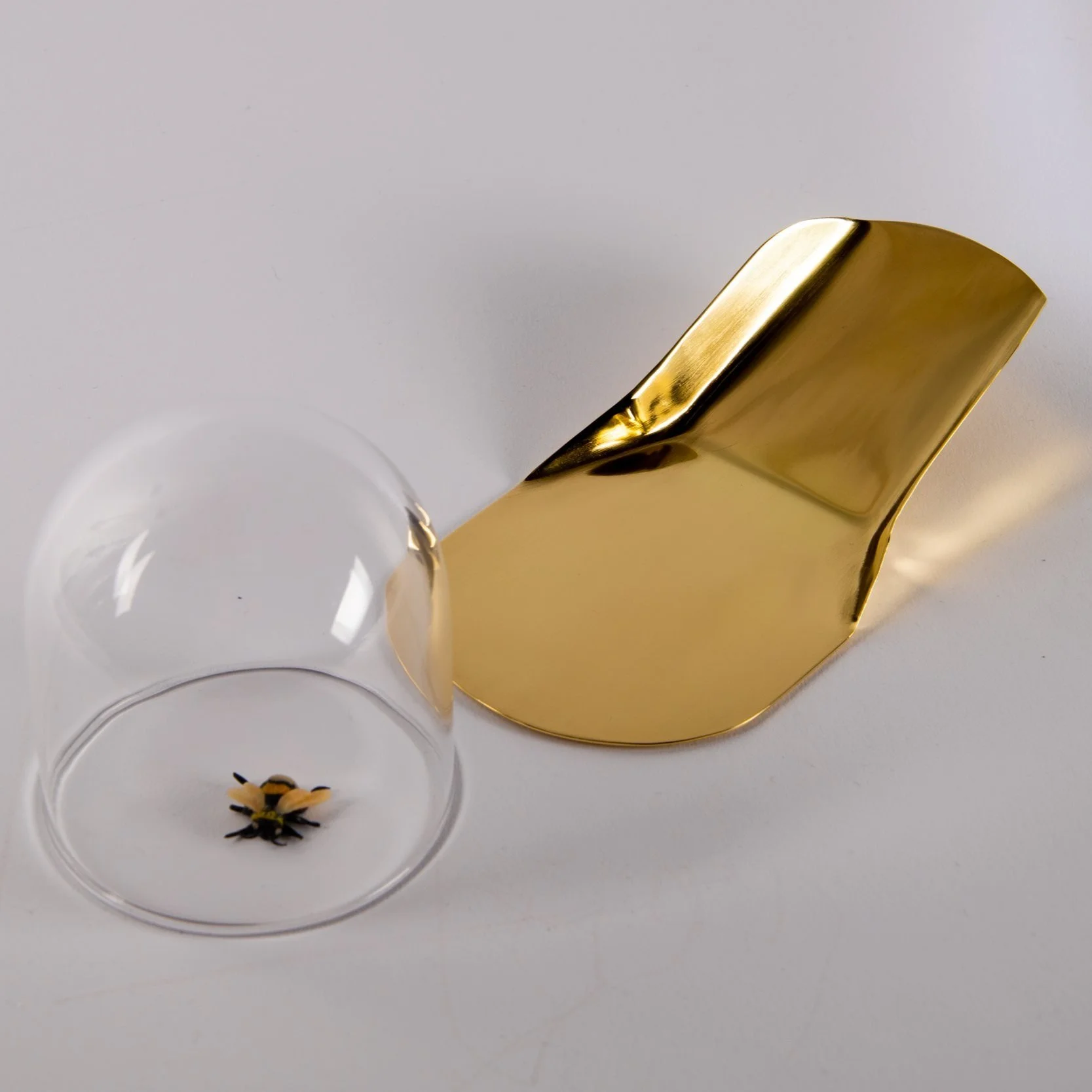Brief
with bio-diversity as the focus, develop a product that can encourage and change the behavior of a specific user group. This could be a product to affect bio diversity directly or indirectly with the main aspect of this brief is to focus on behavior and look at ways they can be changed with design.
Initial research
The main concern regarding biodiversity in the UK is a decreasing bee population mostly due to climate change and the use of pesticides but in terms of behavior, the public can play a large role in helping their habitats through empathy and changing public perception.
Observations
observations of how people catch and or kill insects in the home
Initial ideation
Idea 1
food for the bees that would be kept on the person, for when they come across a bee that was struggling and is lacking energy. This would help promote a better relationship between humans and bees.
Idea 2
This would be a terrarium-like object which would have pollinating flowers to help promote biodiversity in urban areas while allowing users to observe insects on a more personal level to develop empathy and understanding of the insects in their local environment
Idea 3
A premium insect catcher that could allow the user to observe the insect, without fear, after it has been caught and to facilitate its subsequent release.
Sketches developmebt
Models
Capturing vessel
Final concept
Bee Free
Bee free has been created as a “small action big impact” project.
Inspired by the glass and paper insect catching technics, this design allows the user to catch a bee ( or another insect) and release it harmlessly thus helping to protect biodiversity.
Its ornate aesthetic allows the user to display this object rather than hiding it at the bottom of a drawer, making its accessibility fast and its usage easy.
Finally, the glass dome allows the user to familiarise themselves with the different caught insects, often helping with fears linked to insects.


